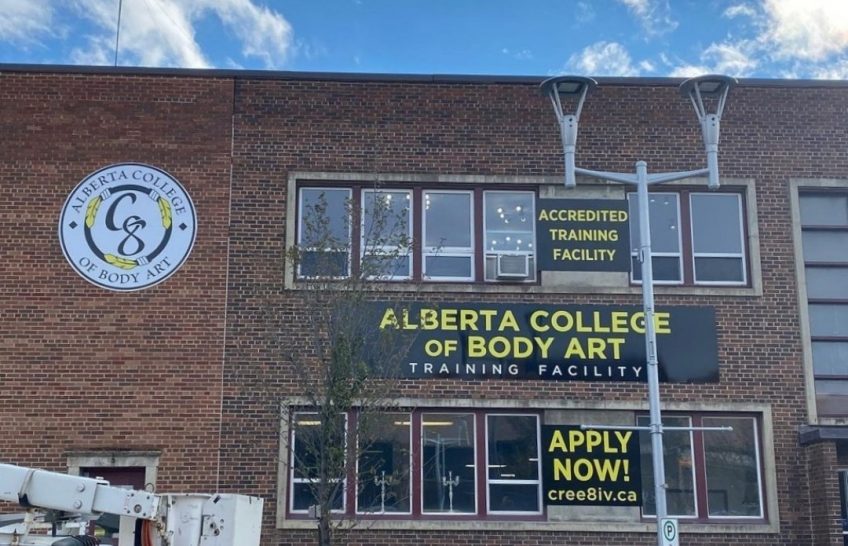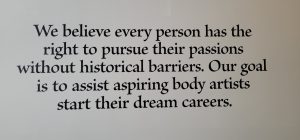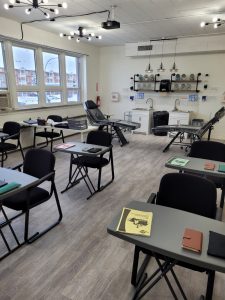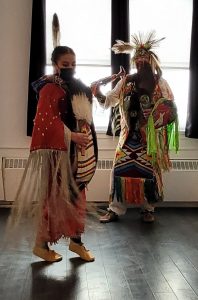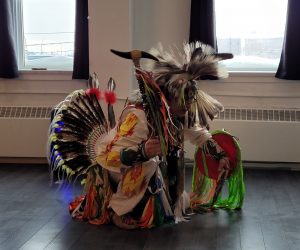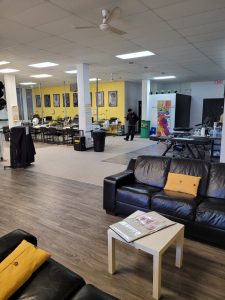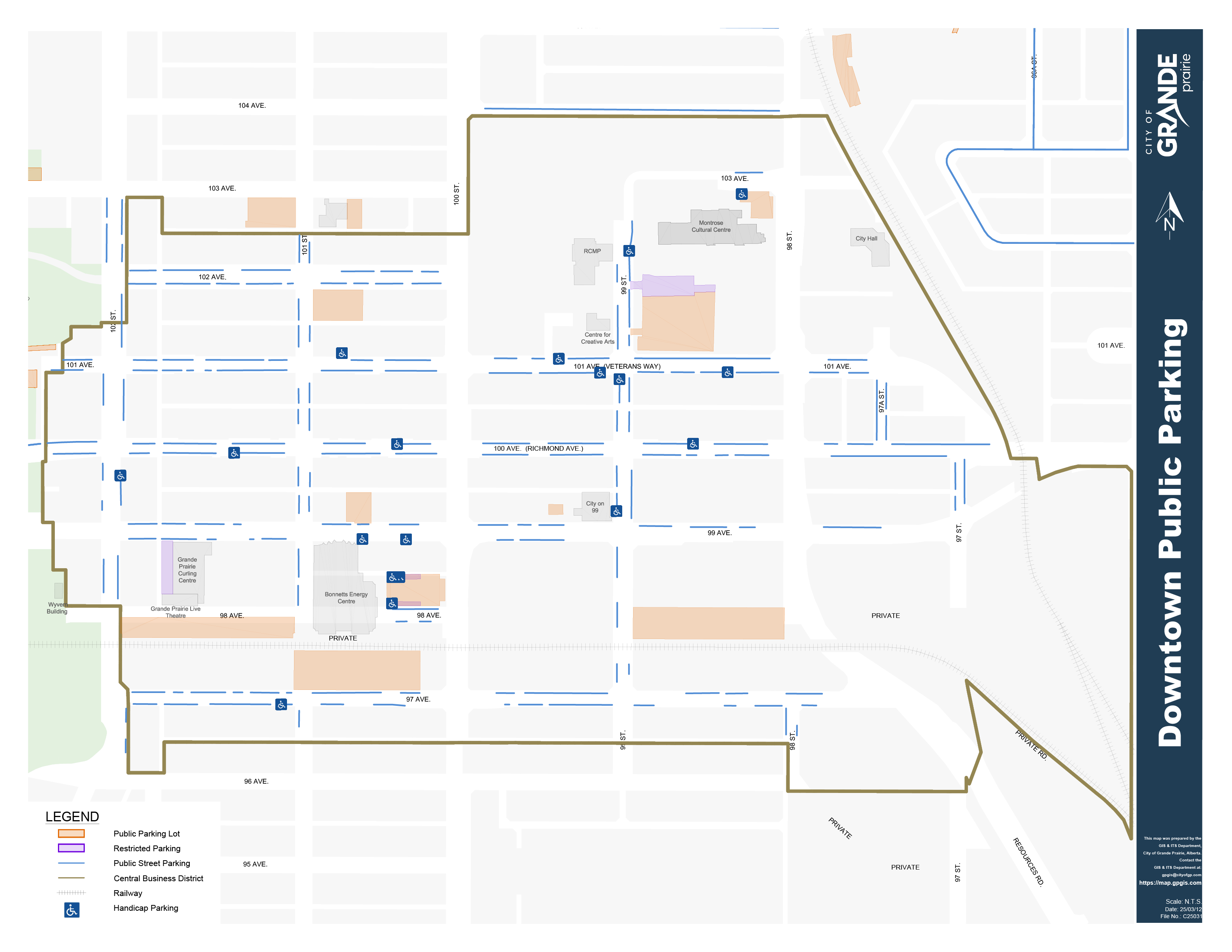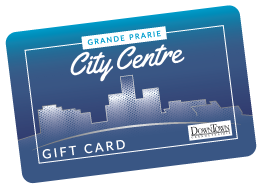Canada’s first College of Body Art
Making a Mark On Body Art Training
The ribbon cutting ceremony at the Alberta College of Body Art earlier this month was an important milestone for owner and long-time tattoo artist Bobbi Jo Matheson.
She’s committed to raising the standard of training and safety in her industry. Accreditation as a post-secondary institution, making it eligible for student loans, is a big step towards that.
Located at 10001-101 Ave. in the City Centre, the program is the first in Canada to become a provincially licenced tattoo training school.
With the initial hurdles of getting the college off the ground behind her, Matheson is already eying expansion. The licensing process took two years with limited statistics on tattooing and body piercing in Canada available to complete the application.
“We’re hoping to open facilities across the country in the coming years,” says Matheson, who opened started Cree8iv Ink Body Studio Ltd. in 2015 and then launched Cree8iv Edge, Grande Prairie’s only stand-alone piercing business, three years ago.
The College began taking students in 2019 and expanded into its 7,000-square-foot facility in October 2021.
“Our goal is to help aspiring artists transfer those abilities into a long-term career in this increasingly mainstream industry and improve public protection against the spread of disease and harm from untrained practices,” Matheson says.
“We also strive to ensure our students learn traditional tattoo/piercing techniques as well as current business, marketing, ethics and medical skills that are not found in a typical apprenticeship.
“We’ve developed an entry-level program that will assist the next generation of tattoo artists start an exciting career.”
Following six months in the program, students receive a certificate. Tattooing and piercing is not yet a recognized trade.
“Our program starts from the ground up, from history to mechanics to basic instruction to practice,” says Matheson.
“All students will learn how to perform these practices in a safe and caring manner, benefiting from hands-on instruction, combined with the proper tools.
“We wanted to offer a formal educational experience complete with a structured curriculum in classroom and lab areas to ensure our students gain as much as possible from the time they are here.”
Students practice on synthetic skin before moving on to volunteer models when the desired level of competency is reached. In addition to classroom training, quizzes and exams, they also have online course work.
The school employs three full-time staff, supported by a team of industry experts to assist with training. Most students have been from Grande Prairie so far.
General admission includes being 18 years of age or older and having a high school diploma or equivalent. Mature admissions requirements include being 18 or over, out of high school for at least one year, and receiving a minimum score of 267 on the Basic Skills Assessment Exam.
All applicants are required to provide a sample of hand-drawn artwork and complete an interview in person or by phone.
“I’m very proud of the school and that I was able to bring this to Grande Prairie,” Matheson says.

